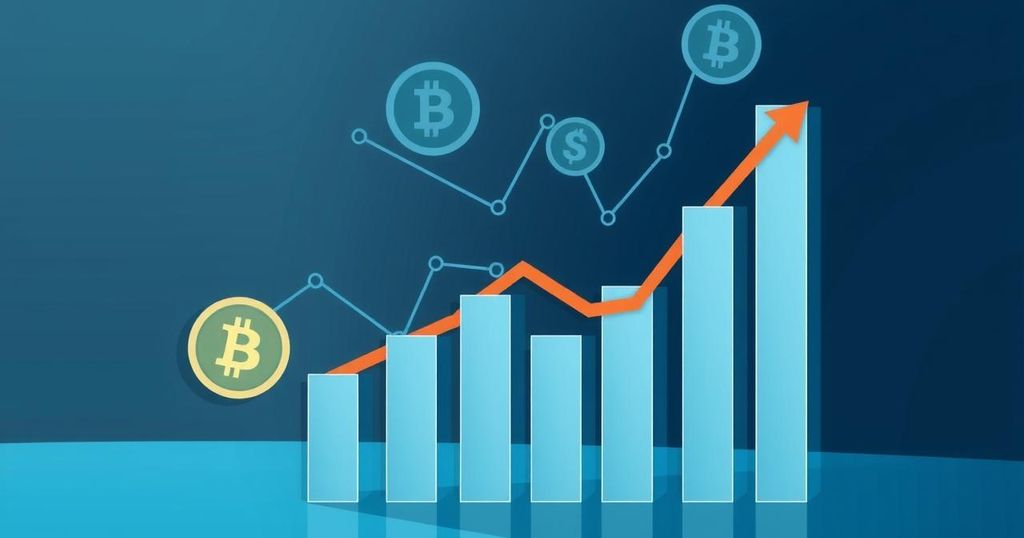Bitcoin Price Forecast and Market Analysis for September 2024
As the month of September commences, Bitcoin is currently trading at $59,164. Historically, this month has proven to be challenging for the cryptocurrency market, creating uncertainty regarding the future trajectory of Bitcoin (BTC) under prevailing conditions.
Bitcoin has recently experienced substantial gains, driven by heightened institutional demand and the approval of Bitcoin exchange-traded funds (ETFs). However, historical patterns indicate significant difficulties for the cryptocurrency during what is often referred to as a “red month” in the digital asset space.
In my assessment, despite Bitcoin’s present gains, which are bolstered by optimistic forecasts, September has typically been characterized by poor performance for cryptocurrencies. Historically, this month has resulted in negative returns for traders, prompting a cautious outlook amongst analysts. Nevertheless, current circumstances differ from those of previous years due to the recent approval of instant Bitcoin ETFs, which may foster enhanced institutional interest in the digital currency and alter the landscape in 2024.
Market data illustrates that cryptocurrency traders capitalized on approximately $4.251 billion in gains in August 2024. This figure reflects a significant improvement in the Net Profit/Loss (NPL) metric associated with Bitcoin. While this increase signifies an enhancement in the financial conditions of traders, widespread profit-taking could potentially result in short-term price fluctuations. Additionally, the metric tracking large transactions, often referred to as “whale” activity, has shown a decline in transfers exceeding $100,000, reaching its lowest level in nearly four years. This may indicate that larger holders are retaining their Bitcoin and have not yet realized their targeted profits.
Conversely, the supply of Bitcoin available on exchanges has dropped to its lowest point since December 2018. In my opinion, this reduction in exchange supply suggests that the volume of Bitcoin held in exchange wallets is diminishing, which may indicate a potential for future price appreciation. Generally, a lower supply on exchanges is perceived as a favorable indicator for asset valuations, as diminishing supply can lead to increased prices.
An analysis of the Market Value to Realized Value (MVRV) ratio indicates that Bitcoin is currently undervalued across both the 7-day and 30-day metrics. This signals that Bitcoin’s current price may fall below its intrinsic value, subsequently increasing the likelihood of future price gains.
However, it is important to note that Bitcoin has recently undergone a slight recovery after experiencing an 11% decline last week, ultimately closing below the $57,500 mark. This downturn appears to have been influenced by outflows from U.S. Bitcoin ETFs, which reported outflows totaling $279.4 million. Furthermore, the significant deposit of a large quantity of Bitcoin onto Binance by a whale has contributed to diminished investor interest and activity on Coinbase. Collectively, these factors suggest that the present recovery may be fleeting, particularly as we embark on a month that is historically fraught with challenges for the markets.
Lastly, the cryptocurrency investment sector encountered difficulties last week, with net outflows amounting to $305 million. Bitcoin ETFs were notably impacted, suffering outflows of $319 million. These outflows could be attributed to Bitcoin’s susceptibility to changes in interest rates, aligning with the recent decline in the asset’s price to below $59,000 last Friday.
In conclusion, while several indicators support the possibility of Bitcoin experiencing gains, historical trends and recent developments present considerable challenges for the cryptocurrency’s performance this September. Sustained inflows of institutional capital and continued interest in ETFs may uphold Bitcoin’s price above the significant support level of $60,000. Nevertheless, investors are urged to remain vigilant and monitor market developments during this historically volatile month prior to making any long-term investment decisions.







Post Comment